In cafés from Stockholm to Singapore, something curious is happening to the humble latte. The milk has changed – but the meaning of what’s being poured has changed even more. Oat milk, once a fringe choice in vegan corners of Brooklyn and East London, now commands entire refrigerator shelves in mainstream supermarkets. In London alone, sales of oat milk have more than doubled in recent years, outpacing almond and soy. But its rise has sparked a question with global implications: is this just a Western infatuation – or the beginning of a broader, localized reinvention?
As plant-based milks grow in popularity, they are revealing more than just a shift in taste. They have become markers of identity, class, health politics, and cultural resistance. For younger generations in Western cities, oat milk is as much a badge of sustainability as it is a coffee additive. But in Asia, where soy and coconut milk have been kitchen staples for generations, Western brands often appear as tone-deaf outsiders. In India, almond milk is aspirational, signifying affluence and global awareness. In Japan, flavored soy milk is sold in vending machines next to corn soup and iced matcha. Each tells a story – not just of diet, but of what progress tastes like in different corners of the world.
The Western Story: When Climate Guilt Meets Café Culture
In the West, plant-based milk has surged from niche to mainstream at breakneck speed. In the UK, oat milk has overtaken almond as the best-selling non-dairy option, with the market valued at over £146 million in 2023 and projected to reach more than £430 million by 2030—a growth trajectory that reflects not just a change in taste, but in values. In the United States, the plant-based milk market has experienced significant growth, with revenue increasing from $2.71 billion in 2024, more than doubling since 2019. This surge reflects a broader trend, as supermarkets now allocate entire aisles to milk alternatives, accommodating the rising consumer demand.
For Gen Z and Millennials, this shift is as much about values as it is about flavor. The rise of “climatarian” diets—eating based on environmental footprint—has positioned oat milk as the virtuous option. It requires far less water than almond milk (48 litres per litre vs. 1,600) and carries a lower carbon footprint than cow’s milk. Among baristas, oat milk’s texture and foam-ability have cemented its status as the café go-to.
But these motivations are not universal. Among Gen X and Boomers, plant-based milk adoption often stems from health concerns—lactose intolerance, cholesterol, weight management—rather than climate ethics. Many still view oat and almond milk as a wellness product, not a moral choice. And the taste? It’s tolerated more than it is loved.
Despite its early momentum, the plant-based milk category in the U.S. is starting to show signs of fatigue. In 2024, sales declined by 5.2%, driven more by inflation-driven price sensitivity than by waning interest. What we’re seeing at Kadence International is that consumers are making sharper trade-offs at the shelf. While oat milk is still seen as on-trend, its pricing—often double that of dairy—has started to generate real resistance.
Image credit: Minor Figures
Minor Figures, a UK-based oat milk brand, has carved out a niche among creative professionals. Its hand-drawn packaging, minimalist design, and carbon-neutral commitment resonate with urban Gen Z. The brand installed oat milk refill stations in eco-minded cafés in East London, turning sustainability into something tangible. Co-founder Stuart Forsyth emphasizes their approach: “We want to grow sustainably, we want to grow ethically and just see where this sort of journey takes us.”
Still, even Minor Figures must contend with growing skepticism about “performative sustainability.” A growing share of younger consumers now want traceability—where was it grown? What happens to the packaging? As oat milk begins to look like the new default, the question becomes: what comes after default?
Southeast Asia: Taste First, Sustainability Later
If oat milk is the sustainability symbol of the West, in much of Southeast Asia, it’s still a curiosity—often priced high, unfamiliar in flavor, and positioned more as a lifestyle accessory than a kitchen staple. Here, taste and tradition are still the gatekeepers, and consumer priorities follow a different rhythm.
Soy and coconut milks remain the dominant non-dairy choices across the region. Long before Western plant-based trends took hold, these ingredients were already foundational in Southeast Asian cuisine. From Indonesia’s tempeh to Thailand’s tom kha, from soy puddings in Vietnam to rich coconut-based curries in Malaysia, non-dairy milk isn’t an “alternative”—it’s the original.
Yet, the surge of interest in plant-based eating is not being ignored. The market for dairy alternatives in Southeast Asia hit USD 3 billion in 2024 and is forecast to reach USD 4.1 billion by 2030. But the motivations driving that growth are not always what Western marketers expect.
For urban Gen Z consumers, the shift is being fueled by café culture and aesthetic appeal. In Singapore, Bangkok, and Ho Chi Minh City, oat milk is showing up in third-wave coffee shops, where latte art meets lifestyle branding. The creamy mouthfeel and mild taste of oat milk plays well with espresso, and baristas often frame it as the more “sophisticated” or “global” option. But the price—often two or three times higher than soy or coconut milk—makes it more of a treat than a household switch.
Health and digestion are also central to plant-based appeal. For Millennials balancing fast-paced urban lives with rising wellness awareness, soy milk retains a stronghold due to its protein content and familiarity. It’s not uncommon to see fortified soy drinks marketed for beauty benefits, gut health, or as part of fitness routines.
Among Gen X and Boomers, however, there’s little appetite for novelty. Traditional dairy is still prized, especially in countries like Vietnam, where sweetened condensed milk remains the heart of the national coffee. Coconut milk is not just nostalgic—it’s seen as natural, trusted, and tied to home cooking.
For Western brands attempting to gain traction here, the learning curve is steep. Oatly’s entrance into the region began with Malaysia and Singapore, distributed via speciality grocers and upscale cafés. The company announced in 2022 that Southeast Asia would form a “growth corridor” as part of its Asia expansion. But by 2024, it had shuttered its Singapore production facility to consolidate manufacturing back to Europe—a sign that demand in the region had not yet scaled fast enough to justify local production.
Oatly continues to maintain shelf presence in Singapore, but its growth in the region faces challenges. In December 2024, the company announced the closure of its production facility in Singapore as part of an asset-light supply chain strategy aimed at improving cost structures and reducing capital expenditures. This move reflects broader operational adjustments in response to evolving market dynamics in Asia.
The plant-based milk market in Singapore is becoming increasingly competitive, with local brands like Oatside gaining traction. In June 2023, Flash Coffee announced it would serve Oatside as the default in all milk-based beverages across its 24 outlets in Singapore. This highlights the growing consumer interest in plant-based options and the competitive landscape Oatly faces.
It’s evident that for plant-based products to succeed in Singapore, they must appeal to consumers in both taste and affordability. The sustainability pitch alone often isn’t sufficient; products need to meet consumer expectations in flavor and be competitively priced to gain widespread acceptance.
Local innovation may hold the key. In Thailand, companies are experimenting with rice milk made from surplus grains. In Indonesia, startups are blending coconut and cashew milk to cater to local palates while improving texture. Unlike oat, which has to be imported and processed, these ingredients are homegrown—offering not just flavor familiarity but economic resonance.
The tension in Southeast Asia isn’t whether consumers will adopt plant-based milk—it’s which ones, and why. Taste leads. Price follows. Sustainability, for now, lags behind. But for a younger class raised on Instagram, global branding, and iced matcha oat lattes, the next shift may arrive faster than expected.
Japan: Tradition Meets Innovation
In Japan, plant-based milk isn’t a trend—it’s tradition. Long before Western oat and almond milks arrived on convenience store shelves, soy was already woven into daily life. From tofu to miso to soy-based desserts, the legume’s liquid form has been consumed for centuries—not as a replacement, but as a cultural staple.
This historical baseline gives Japan a unique position in the global plant-based milk story. While much of the West is shifting away from cow’s milk, in Japan, dairy was never dominant to begin with. Lactose intolerance affects approximately 45% of the population to some degree, and the country’s culinary heritage has long favoured plant-based ingredients.
Yet even here, the landscape is shifting—quietly, and with the precision Japan is known for. In 2024, the soy milk segment still made up the overwhelming majority of plant-based milk sales, but oat and almond are inching upward. Projections estimate Japan’s oat milk market will expand from approximately $51.7 million in 2024 to over $163 million by 2033, reflecting a compound annual growth rate of 12.6%.
But growth in Japan doesn’t mirror that of its Western counterparts. Oat milk here is not a lifestyle statement. It’s more likely to be encountered in a café serving Nordic-style pastries than in a supermarket fridge. In Tokyo’s upscale coffee districts—Daikanyama, Aoyama, and parts of Shibuya—young professionals are experimenting with oat lattes, but the movement is still niche.
Soy milk is still the default. People are curious about oat milk, but it’s expensive and unfamiliar. Soy is part of the Japanese identity.
Image credit: Marusan
The soy milk aisle in Japan looks nothing like its Western equivalents. There are over 30 flavors of soy milk in most convenience stores—banana, sweet potato, black sesame, and even matcha. Sold in small, colorful cartons, these drinks are as much a snack as a supplement. They appeal across generations and demographics, from school children to business executives.
Almond milk, introduced in earnest in the early 2010s, is viewed as a beauty product as much as a drink—touted for its vitamin E content and its role in “clean eating” routines. It’s marketed in lifestyle magazines and television ads featuring pop stars and Olympic athletes.
So where does that leave oat? Still finding its place. Japanese consumers value texture and subtlety in flavor—qualities that oat milk sometimes struggles to deliver in traditional dishes or teas. But its creamy body is finding fans in the coffee world, and as more cafés experiment with it, familiarity may breed demand.
What’s clear is that plant-based milk in Japan isn’t driven by environmental activism or dietary rebellion. It’s driven by harmony—with the body, with the palate, with the past. While the West frames oat milk as progress, in Japan, progress tastes familiar—it just might be flavored with yuzu or kinako.
India: Plant-Based Milk as Urban Status and Spiritual Alignment
In India, dairy isn’t just nutrition—it’s ritual. From temple offerings of milk to the everyday comfort of chai with malai, dairy products are woven into the country’s emotional and religious fabric. The white splash in a steel tumbler holds centuries of symbolic weight. So any conversation about plant-based milk here starts not with a health trend, but with the question: what could possibly replace something sacred?
The answer, for now, is: not much—but something is beginning to stir.
India’s plant-based milk market is still young, valued at around USD 50 million in 2024, but it is projected to grow at nearly 15% CAGR over the next six years. That growth, however, is uneven and tells a story less about dietary shifts and more about social signalling.
For Gen Z in India’s metros, plant-based milk is about cruelty-free living, fitness influencers, and Instagrammed morning routines. It’s not uncommon to see “dairy-free” smoothies and almond milk lattes showcased in the digital lives of young professionals in Bengaluru, Delhi, or Mumbai. These consumers often cite animal welfare, clean eating, and compatibility with lactose intolerance—affecting an estimated 60% of the population—as reasons for switching. But the shift is as much aesthetic as it is ethical. Almond milk isn’t just good for you; it looks good in a glass.
Millennials, especially those navigating careers abroad or within cosmopolitan India, are caught between reverence for traditional staples like paneer and ghee, and a rising curiosity about global wellness norms. Many are not rejecting dairy outright, but are experimenting with substitutes during certain meals, fasts, or fitness cycles. The language of Ayurveda also looms large—“easy on digestion,” “balance for pitta”—guiding product marketing and consumer trust.
For Gen X and Boomers, though, the idea of dairy-free milk is still foreign. Cow’s milk is considered pure in Hindu tradition. To deviate from it can feel like cultural heresy, particularly in religious households. Even within vegan circles, spiritual negotiations are common—almond milk in the smoothie, but cow’s milk in the temple.
And yet, there is movement at the margins.
Image credit: Good Mylk Co.
One company pioneering this shift is Goodmylk, a Bengaluru-based startup founded by Abhay Rangan in his teens. The company produces cashew and oat-based milk, peanut curd, and vegan butter. What sets it apart is its insistence on affordability and accessibility. “If we make it premium, we limit who gets to choose it,” Rangan said in an interview. Goodmylk raised $400,000 in seed funding and has focused on scaling without pricing itself out of the Indian middle class.
The brand also localizes its innovation. Mung bean and millet-based milks are in development—grains familiar to Indian households, now reimagined for lattes and cereal bowls. This strategy isn’t just functional—it’s cultural. “People trust what they’ve grown up with,” Rangan notes. “If we can use those same ingredients in new ways, we don’t have to change people. We just meet them where they are.”
What India reveals, perhaps more than any other market, is that the future of plant-based milk may not be about substitution—but about addition. The almond milk doesn’t replace the dairy in the chai. It sits next to it in the fridge, as an option, a symbol, a signal of modernity. Milk, in this context, is not just nourishment. It’s narrative.
Cross-Cultural Observations: What Tastes Like Progress?
From Bangkok cafés to Berlin grocery aisles, plant-based milk carries different meanings depending on where you are—and who you ask. To understand the global arc of milk alternatives, it’s not enough to look at adoption rates. You have to ask what each product represents in a cultural context. Because in the world of milk, progress has many flavors.
In the UK, oat milk has become shorthand for ethical living. It’s the fuel of the “climatarian”—those who select food based on its carbon footprint. It helps that oats grow abundantly in Europe and require far less water than almonds. But this is also about optics. Oat milk in a flat white signals something specific: sustainability without sacrifice. It says, “I’m paying attention.”
In Japan, soy milk is the opposite of a trend—it’s a staple. You’ll find banana soy milk in vending machines, black sesame soy in school lunch trays, and unflavored soy behind the counter of every ramen bar. Oat milk, by contrast, is a foreigner: imported, expensive, and still largely a café novelty. Where Western markets romanticize innovation, Japan reveres the familiar.
In India, almond milk is climbing—but it’s doing so as a marker of status. Its presence in a smoothie bowl or a vegan café menu connotes wellness, modernity, and a kind of cosmopolitan sophistication. It’s aspirational, not essential. Meanwhile, mung bean and millet milks are emerging quietly from startups like Goodmylk, using ingredients that feel both futuristic and deeply local.
In Southeast Asia, coconut milk is tradition in liquid form. It’s thick, aromatic, and the base of comfort food across generations. Oat milk, by comparison, is still figuring out how to earn trust—or at least a spot in the fridge. Soy milk, sold sweet and chilled at street stalls and in grocery chains, continues to dominate the category for its price, protein, and familiarity.
And then there’s the matter of price. Across nearly every market, oat milk carries a premium—often double or triple the price of cow’s milk, and far more than local alternatives. In the UK, it retails for £1.90 per litre compared to £1.20 for dairy. In Southeast Asia, import costs push oat milk into the realm of aspirational indulgence.
This price disparity cuts to the heart of a growing identity tension: who gets to eat for the planet? In many regions, sustainability remains a luxury. And with that, a subtle backlash is brewing against the Westernisation of food. Consumers in Asia, Latin America, and Africa are increasingly questioning why “plant-based” must mean foreign, expensive, and out of touch with local ecosystems. As these questions simmer, the most forward-thinking brands aren’t scaling Western models—they’re turning inward. Instead of exporting oat milk to Jakarta or Mumbai, they’re asking: what’s already growing here? And how do we make that the new norm?
Get regular insights
Keep up to date with the latest insights from our research as well as all our company news in our free monthly newsletter.
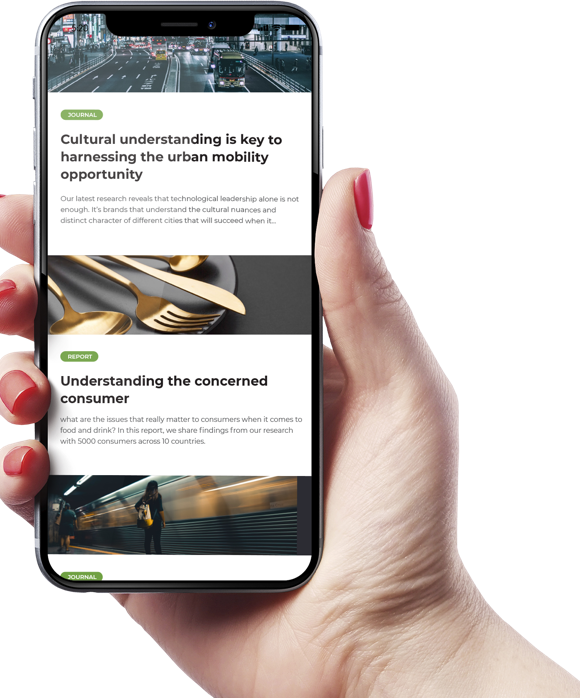





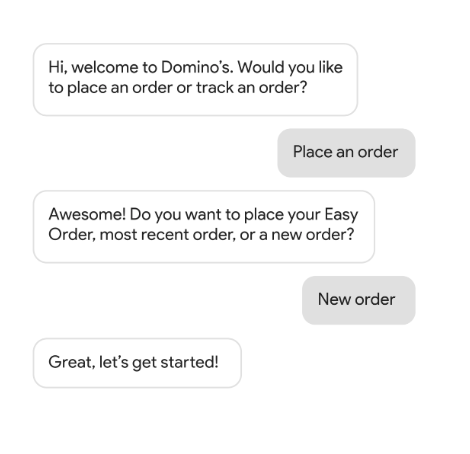






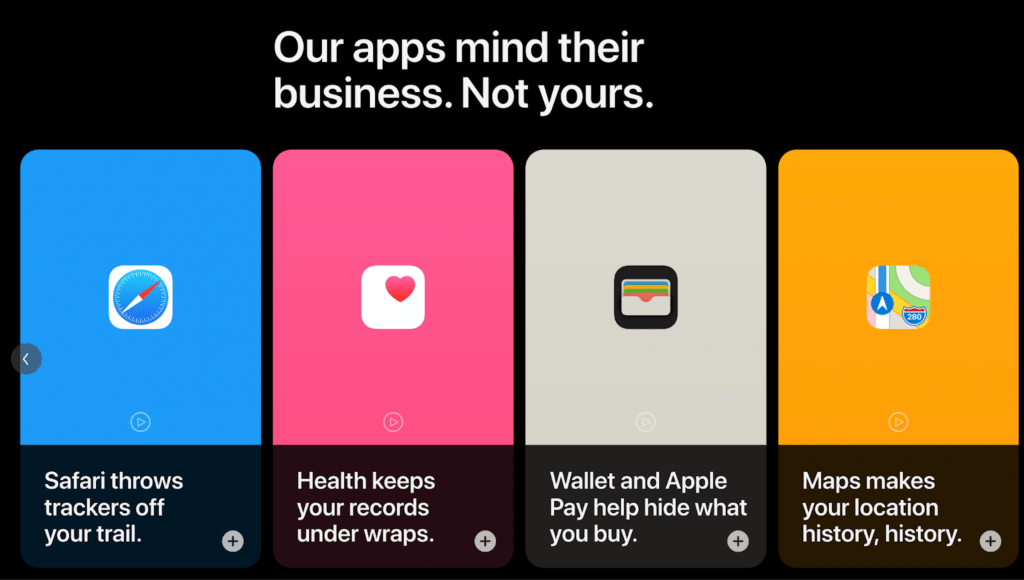

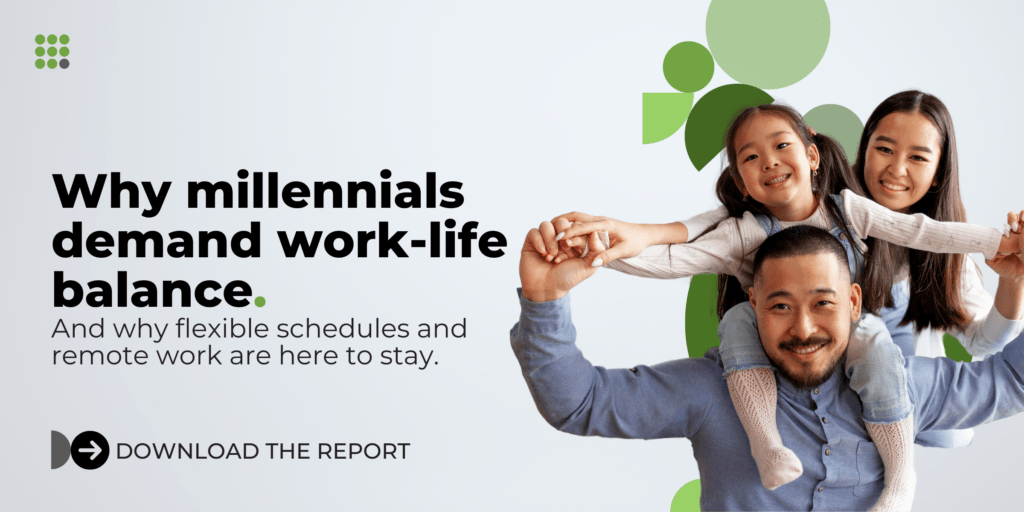
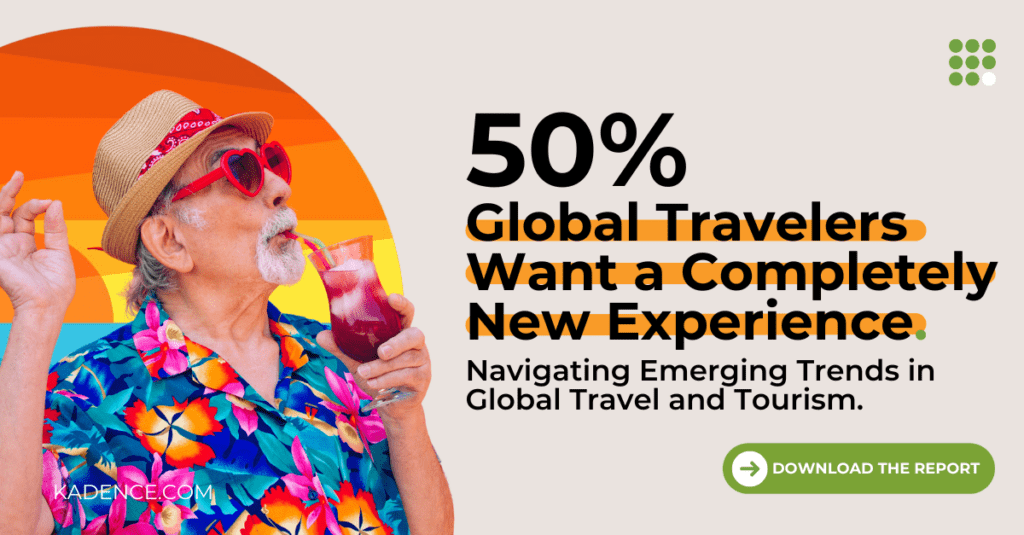








 Senior Marketing Executive
Senior Marketing Executive Sales & Marketing
Sales & Marketing Vital Strategies
Vital Strategies
 Customer Intelligence Director
Customer Intelligence Director